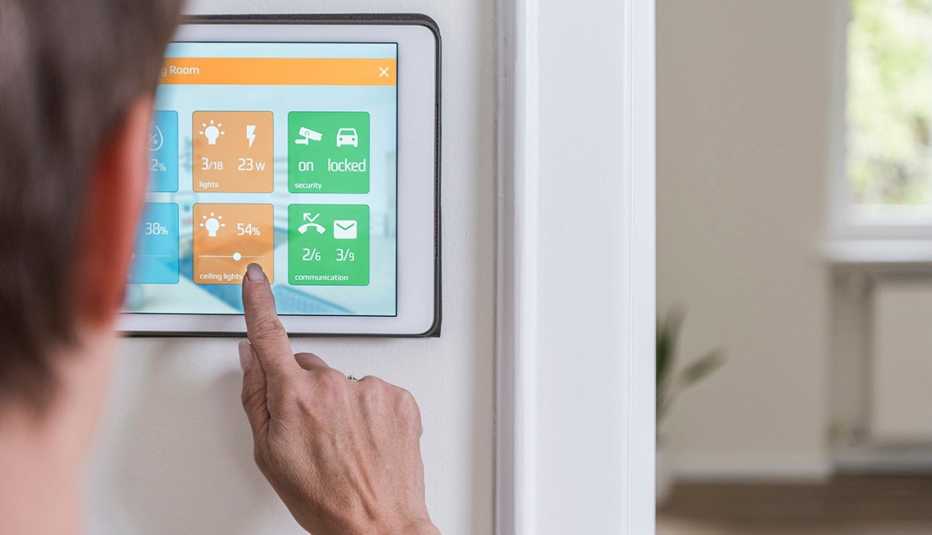Staying Fit


Your most tedious household chore — changing trash bags, restocking toilet paper — one day could become a thing of the past.
That's because household upkeep is getting automated thanks to smart appliances and fixtures that boast more functionality than ever before, many of them on view this week at CES, the sprawling Las Vegas electronics trade show that the Consumer Technology Association (CTA) puts on each January.


AARP Membership— $12 for your first year when you sign up for Automatic Renewal
Get instant access to members-only products and hundreds of discounts, a free second membership, and a subscription to AARP the Magazine.
This year, household heavyweights such as Kohler, LG and Samsung are showcasing their latest wares alongside dozens of other exhibitors. Toronto-based Knectek Labs, earned an innovation award for a trash can called Townew that seals and changes its own bags. Meanwhile, Procter & Gamble's Charmin debuted a prototype “RollBot,” a Bluetooth-enabled bathroom assistant that delivers extra toilet paper in times of need.


But the expo's buzziest smart-home trend didn't have to do with individual gadgets so much as the promise that, in the future, entire networks of devices — from smart thermostats to voice-controlled faucets — will work seamlessly to keep your household running smoothly. That principle is already at work in the latest generation of smart fridges, which can analyze their contents and make shopping recommendations, or in face-scanning doorbells that recognize welcome guests.
"When we look at solutions like this, we are finally fulfilling the promise of smart homes, which is creating intelligent living spaces that take care of us, instead of the opposite,” Steve Koenig, CTA vice president of research, said at a media kickoff event for the show that draws more than 170,000 attendees each year.
That promise is especially attractive for the three-quarters of Americans who, according to AARP research, want to remain in their homes as they age.
But don't plan on ditching your fridge or buying a bathroom robot just yet. When it comes to aging in place, technology experts say that widely available devices like smart speakers and security systems are still among the most helpful of all.
Smart-tech picks for a safe, secure home
"Aging in place is all about maintaining independence and reducing social isolation,” says Laurie Orlov, founder of market research firm Aging in Place Technology Watch. She was at CES this week to speak about voice technology and health care.
Part of staying independent is staying safe, whether from intruders or threats such as fire and flooding. That should be top of mind for older adults, Orlov says, calling home security systems “mandatory.”

































































More on Home and Family
VA Caregiver Benefit Moving to Direct Deposit Only
Deadline to enroll is Oct. 1, before the VA stops sending paper checks